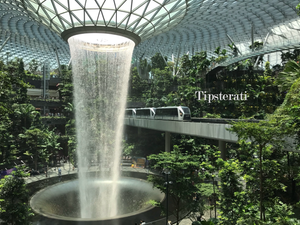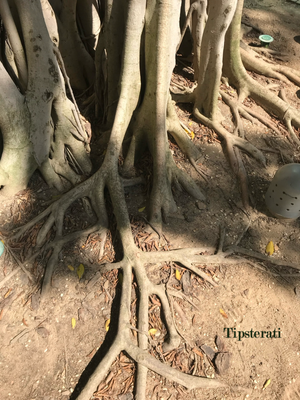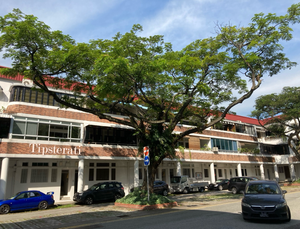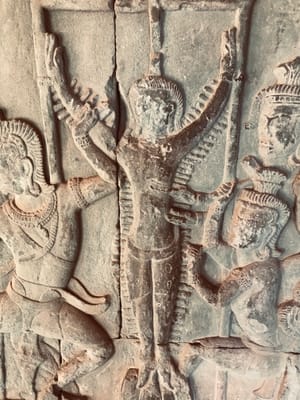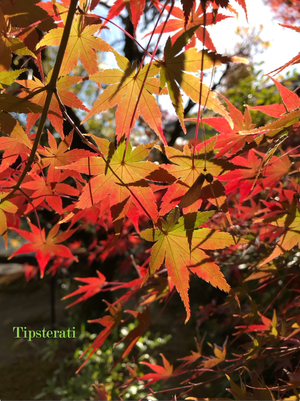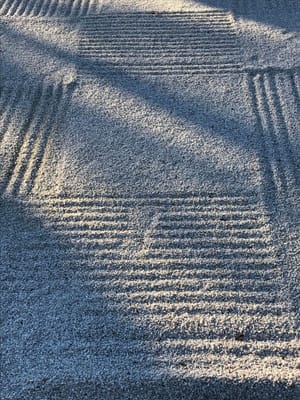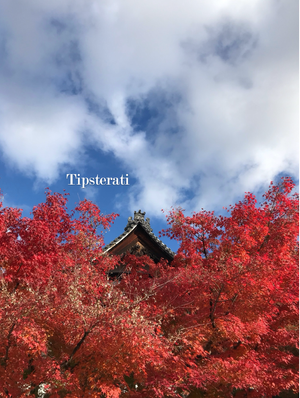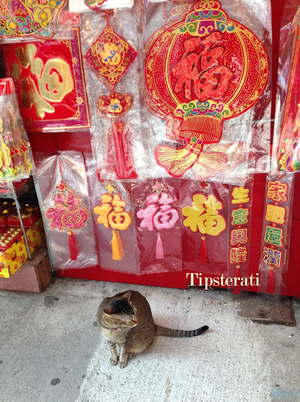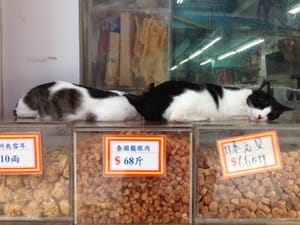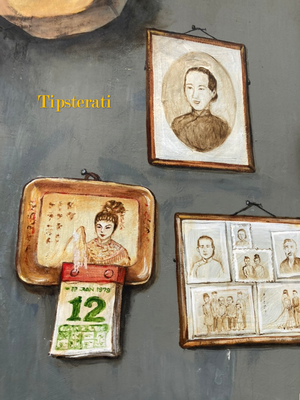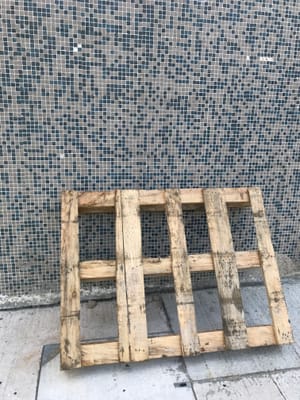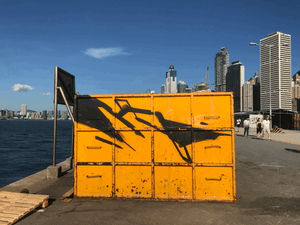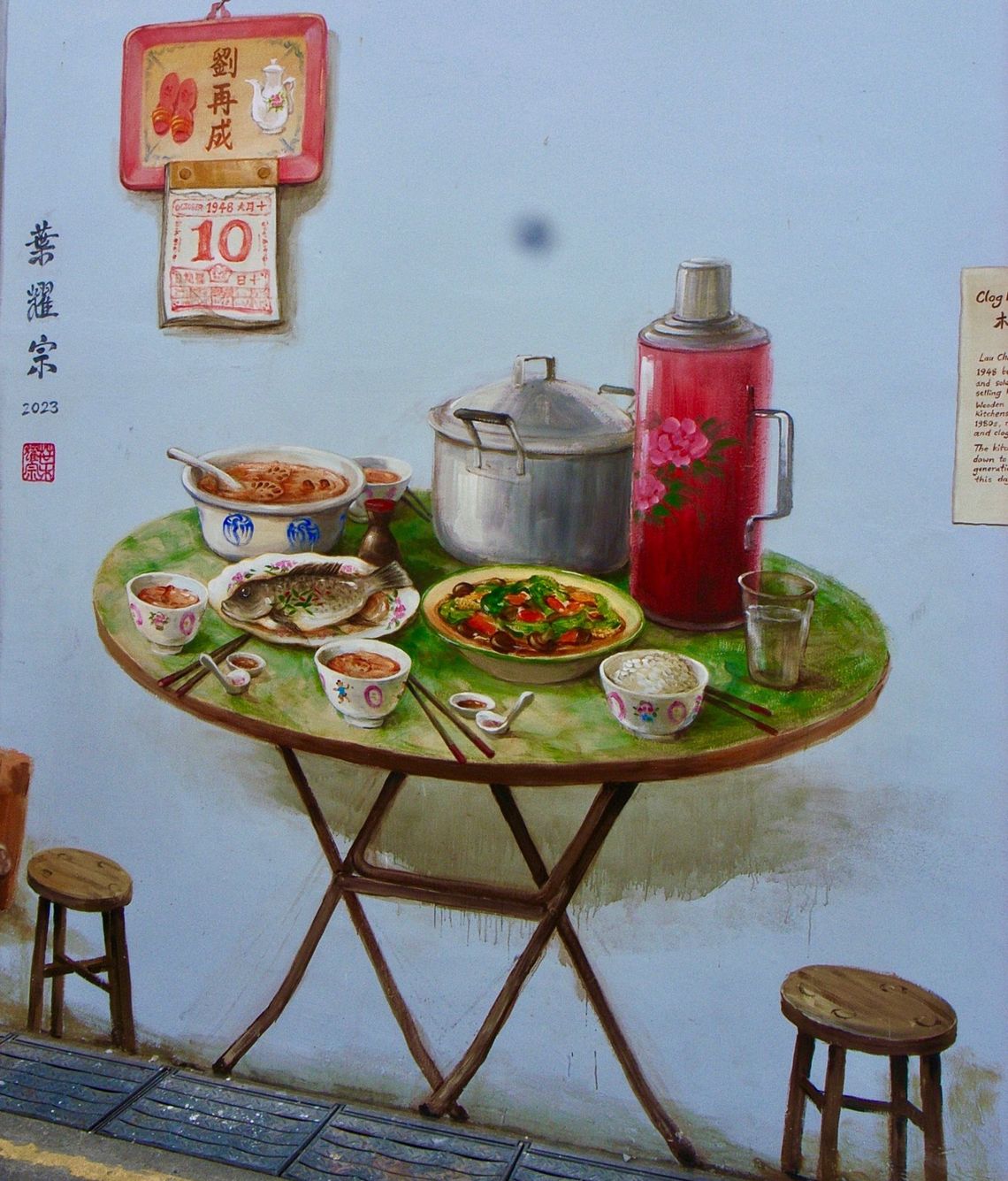
The Chinatown Murals of Yip Yew Chong
A sense of the lived past is in short supply in Singapore. Urban renewal is relentless here and, all too often, modernisation and gentrification transform old neighbourhoods beyond recognition. Singapore’s Chinatown has suffered this fate, though the murals of a former resident are bringing back bittersweet memories of a bygone era.
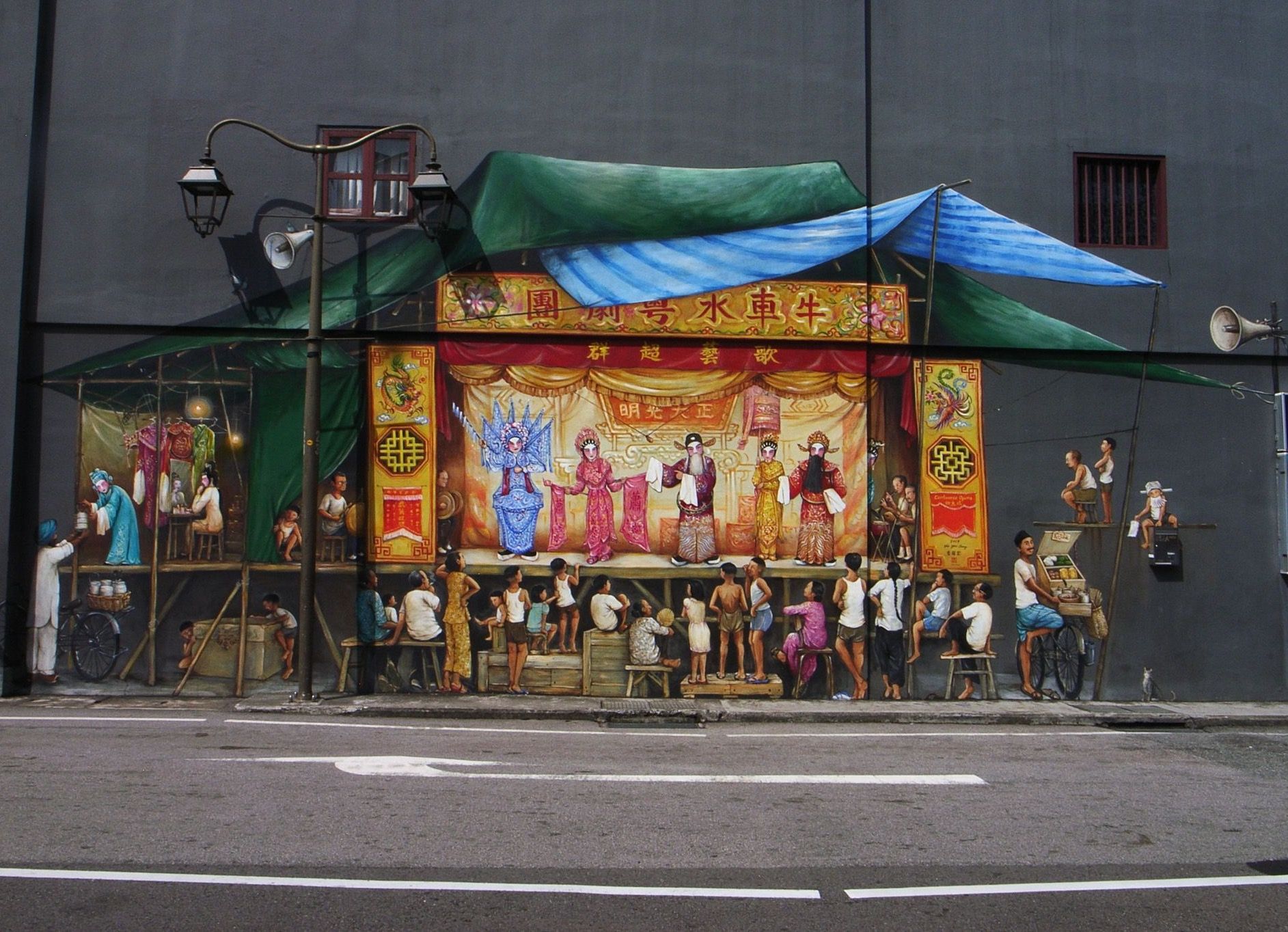
Yip Yew Chong is a self-taught artist who grew up in Sago Lane, Chinatown. Fascinated by the possibilities of street art to engage playfully with the viewer, he began to experiment with the form, depicting urban scenes from his childhood on the blank walls of alleyways in the area. Nowadays the heart of Singapore’s Chinatown is focused on touristic consumption, so Yip’s nostalgic murals are a crucial reminder of a different kind of Chinatown and Singapore—one perhaps poorer and rougher to the modern eye, but also more homely and quaint.
Yip preserves in his murals the colour and vibrancy of old Chinatown street life. Notice the frog making its escape from a streetside livestock seller! See the dry goods shop with its display pushed right to the front to catch the eye of passers-by.
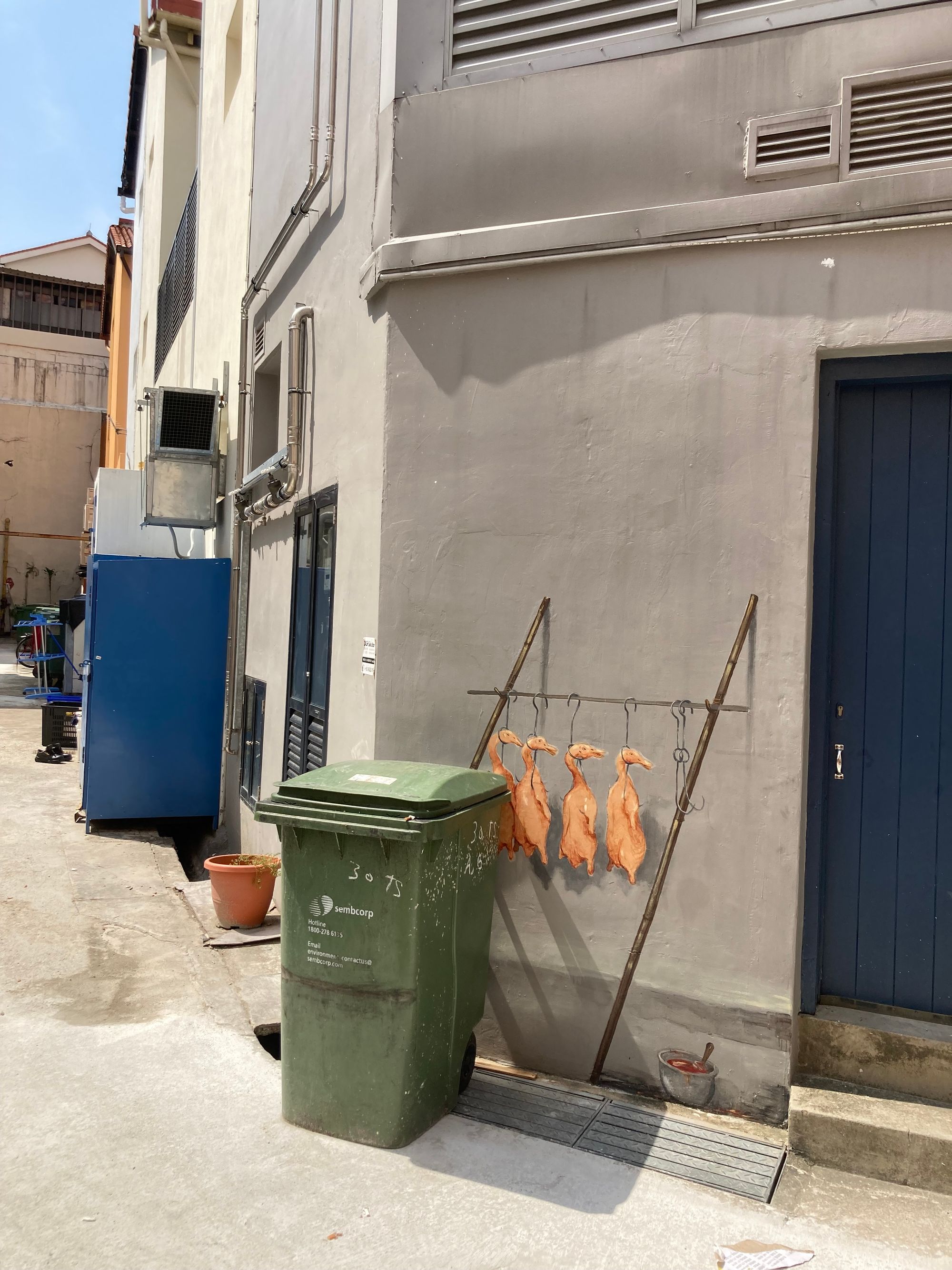
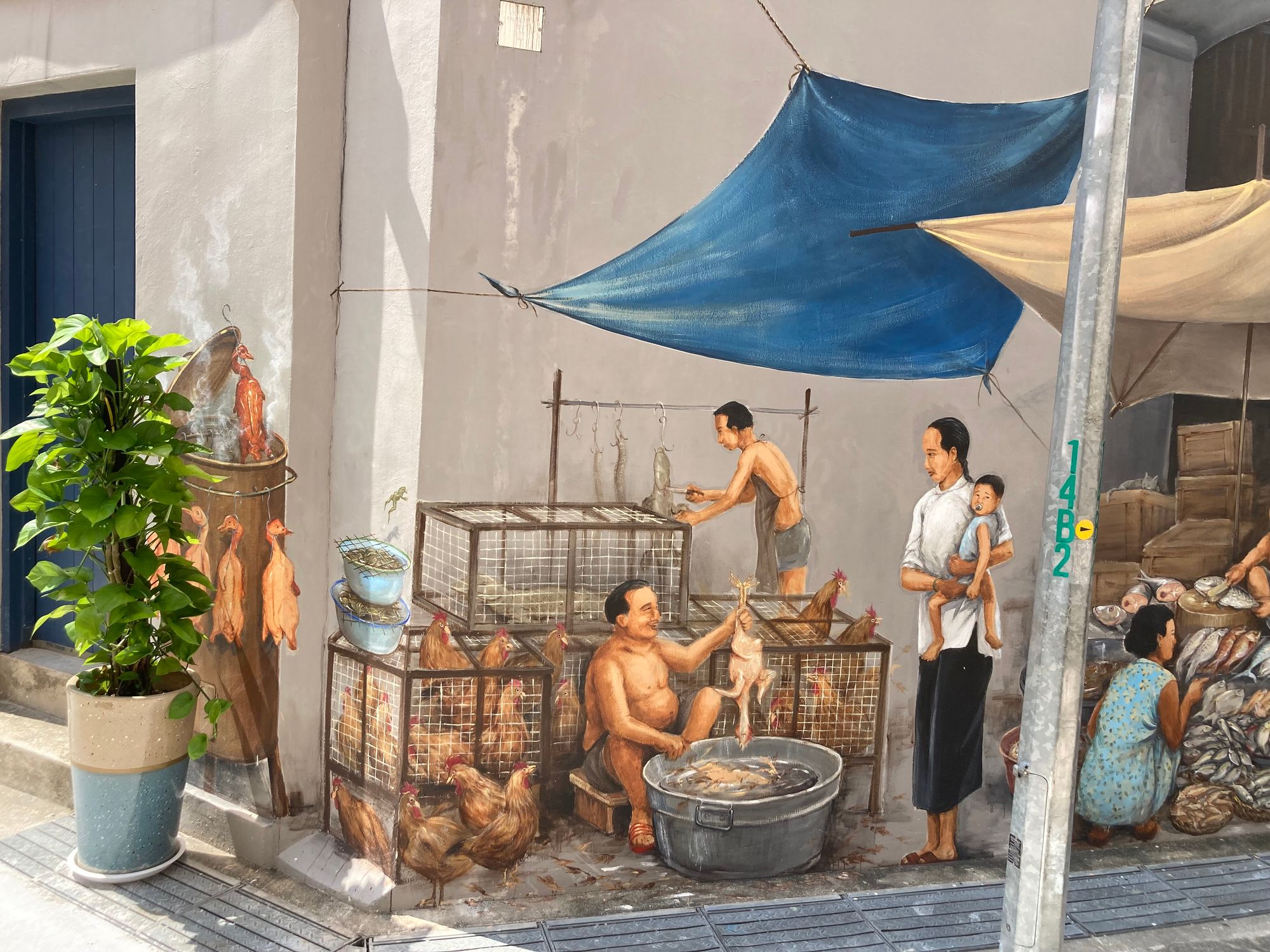
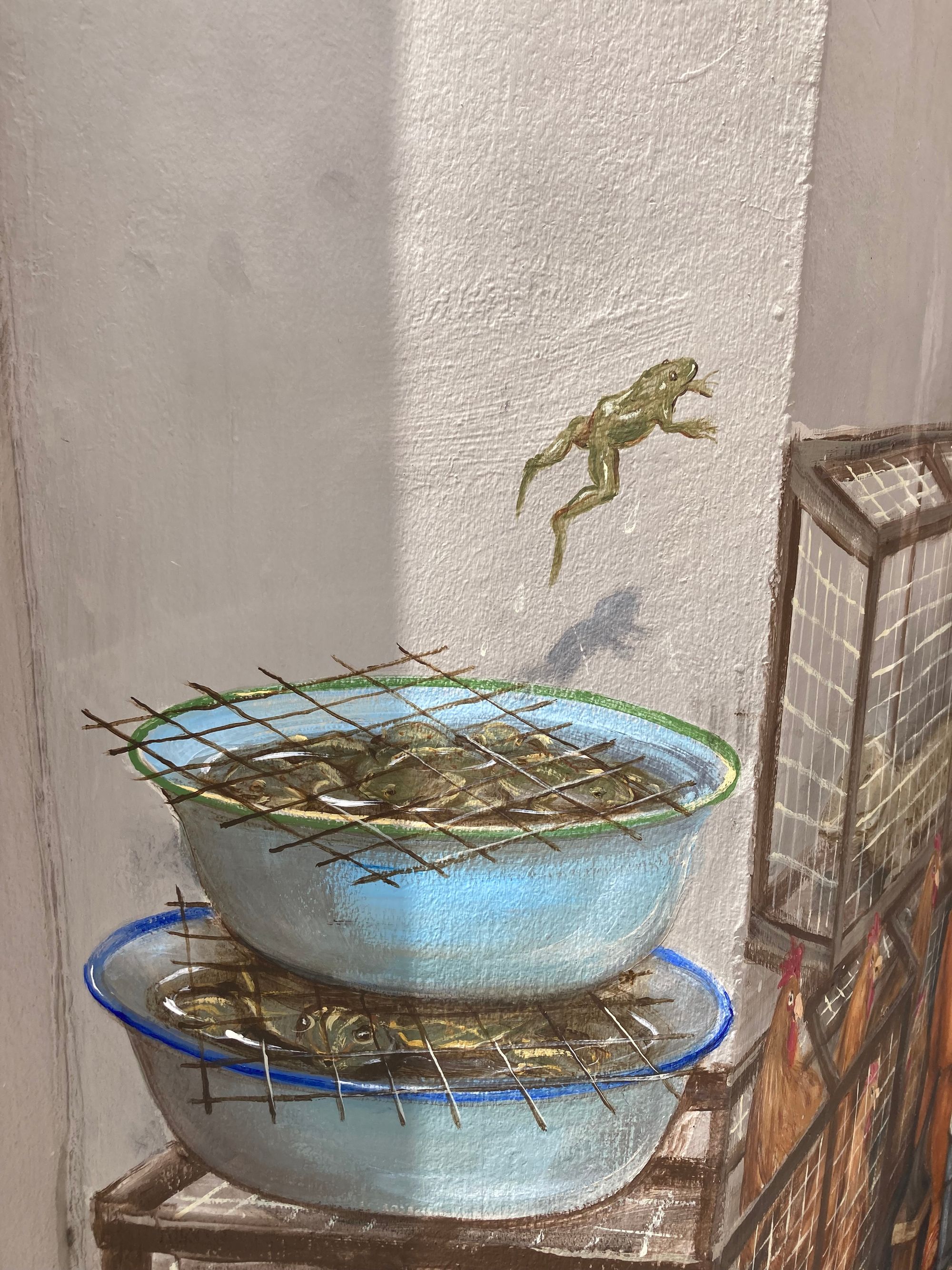
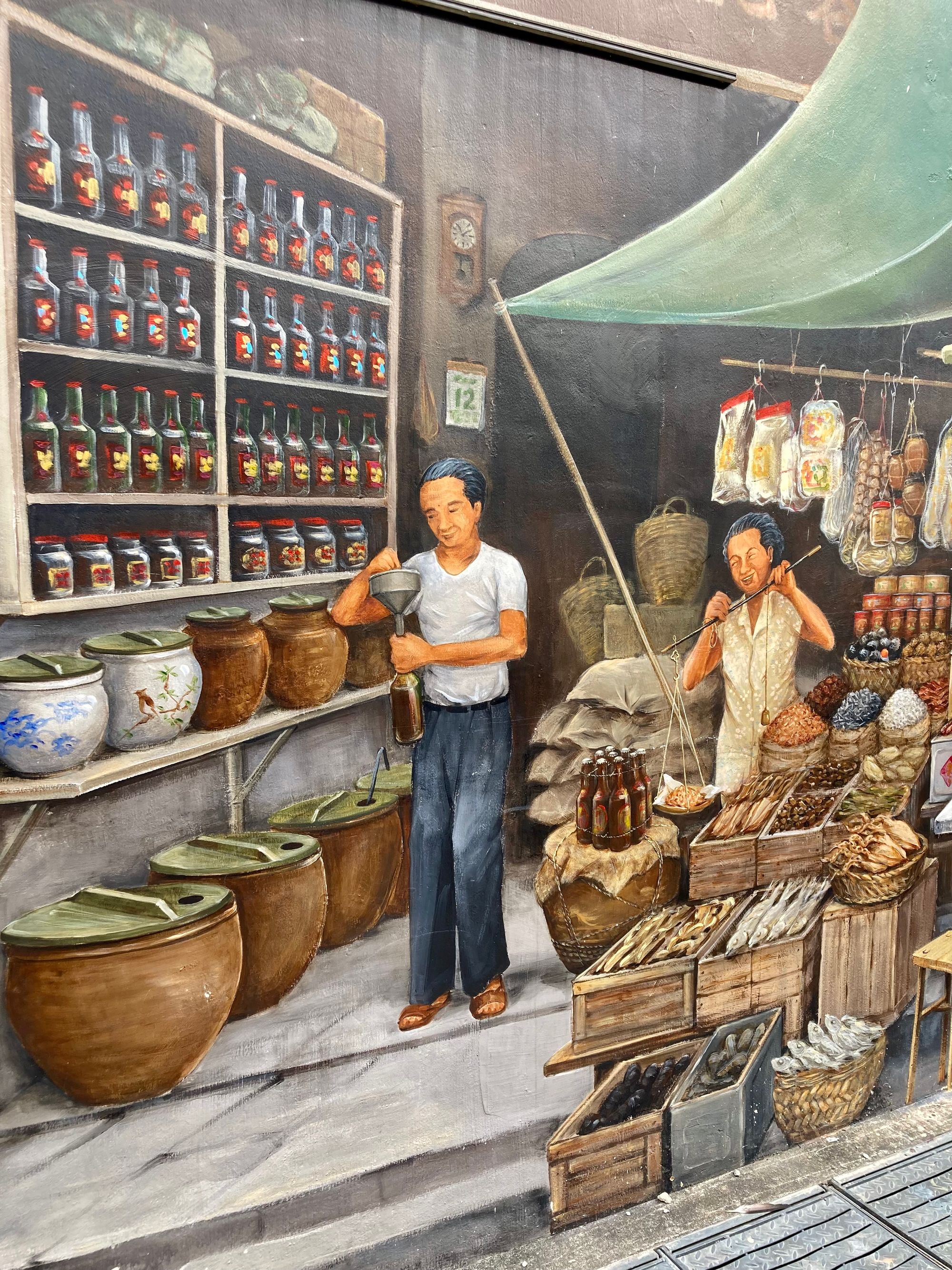
©Wendy Gan 2024
His Chinatown is full of small dramas: the cheung fan snack vendor intent on slicing the rice rolls; the grandmother feeding her grandson a spoonful of congee; the idler in the kopitiam nursing his coffee with a foot on the chair. Here is a woman crouched on the street haggling with the fishmonger and just a step away is an elderly vegetable vendor proud of her impressive array of greens.
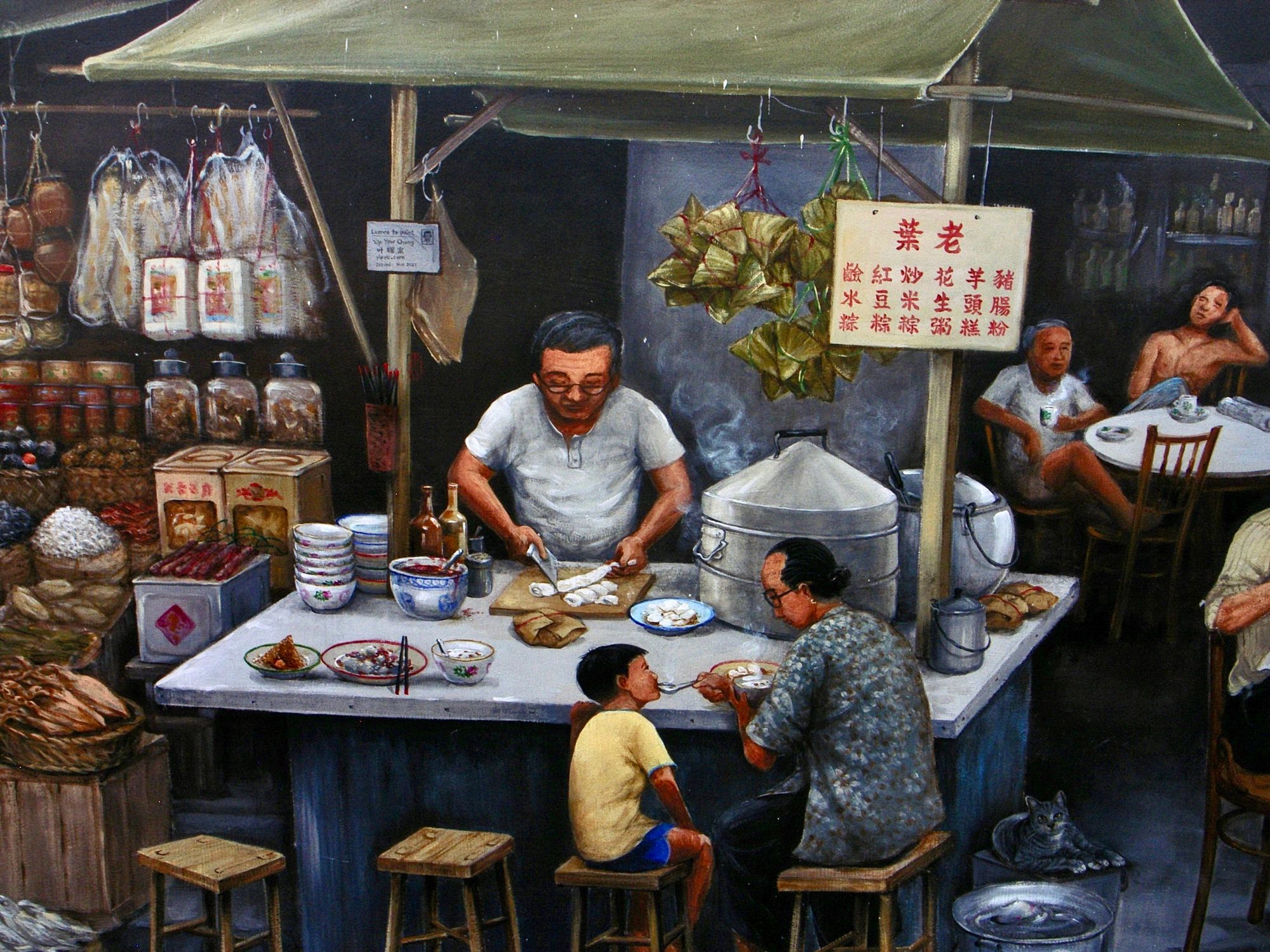
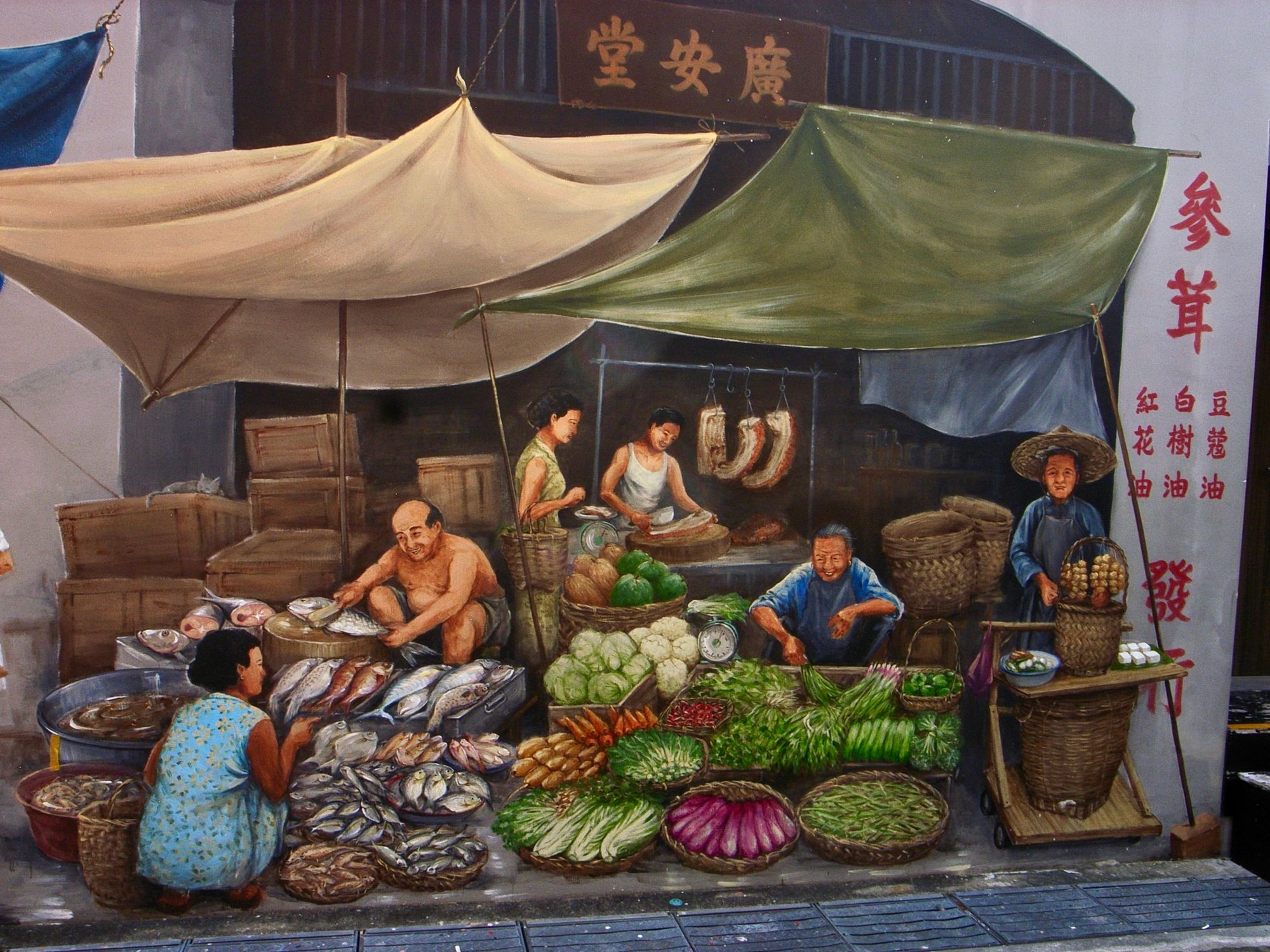
©Wendy Gan 2024
Wander to the next mural and you may observe with interest the craftsman painting the lion’s head used in traditional lion dances. You smile indulgently at the two boys playing with drums in the corner. Look up and you spot the cat eyeing a dried, salted fish hanging from a window. You are surprised to see a woman lowering a basket out of the window. What is she doing? Ah, she wants to purchase something from the small, roadside convenience store just below her window.
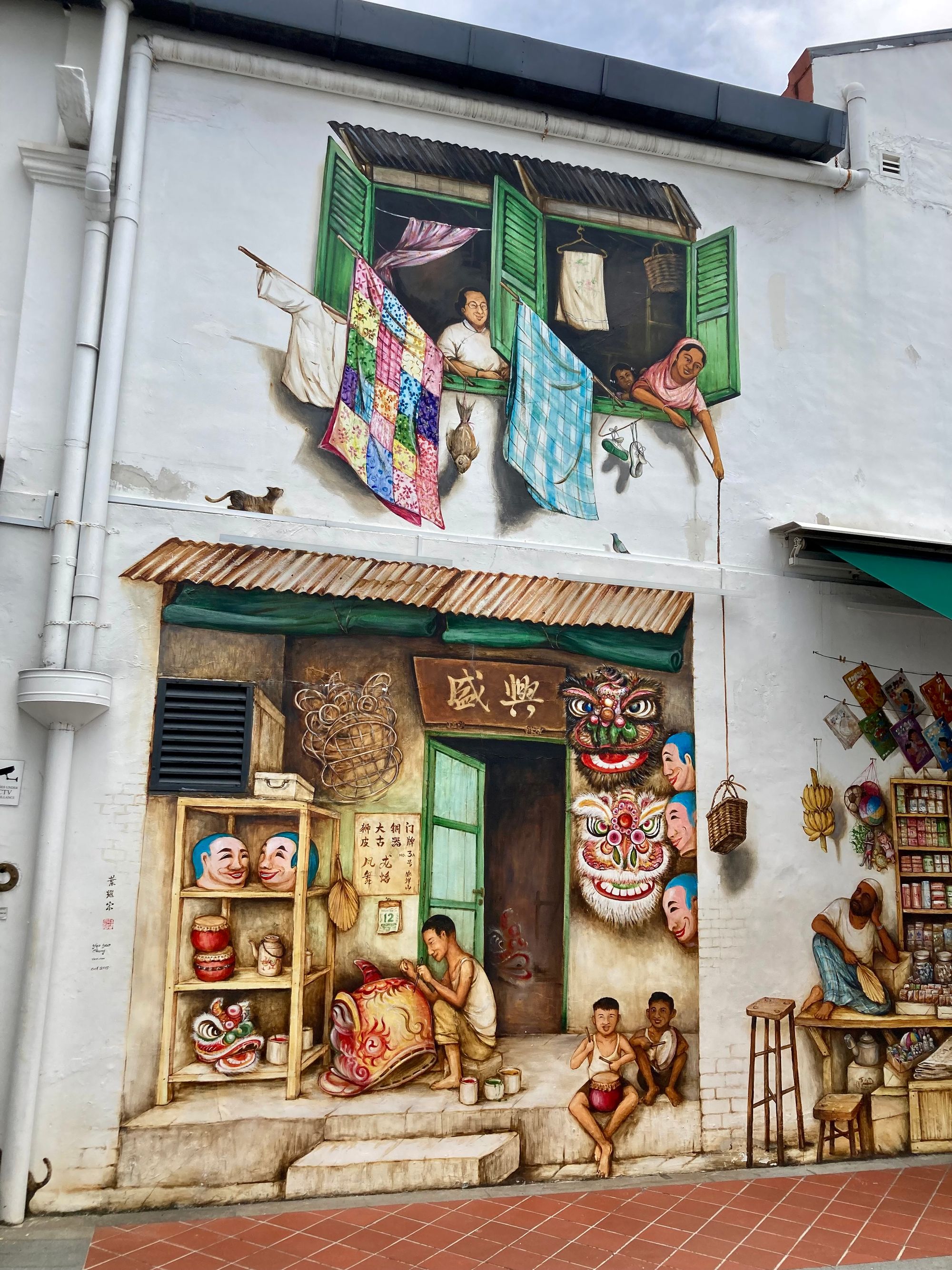
Life and its infinite stories spill out onto the streets. This version of Chinatown would have been smelly and grungy, but wouldn’t you have been enthralled by the sheer vitality of it all? Yip paints in the everyday messiness that has been slowly expunged by a modern, hygiene-obsessed Singapore.
Even more precious to my mind than Yip’s urban scenes are his depictions of domestic life in Chinatown. Yip peels the wall back and, drawing on his childhood memories, shows us the interior of one of the pre-war shophouses and its humble domestic rituals (while wittily incorporating real-life doors and windows into his design). The labour of women—cooking, sewing, minding the children—takes centre stage. This is the beating heart of family life.
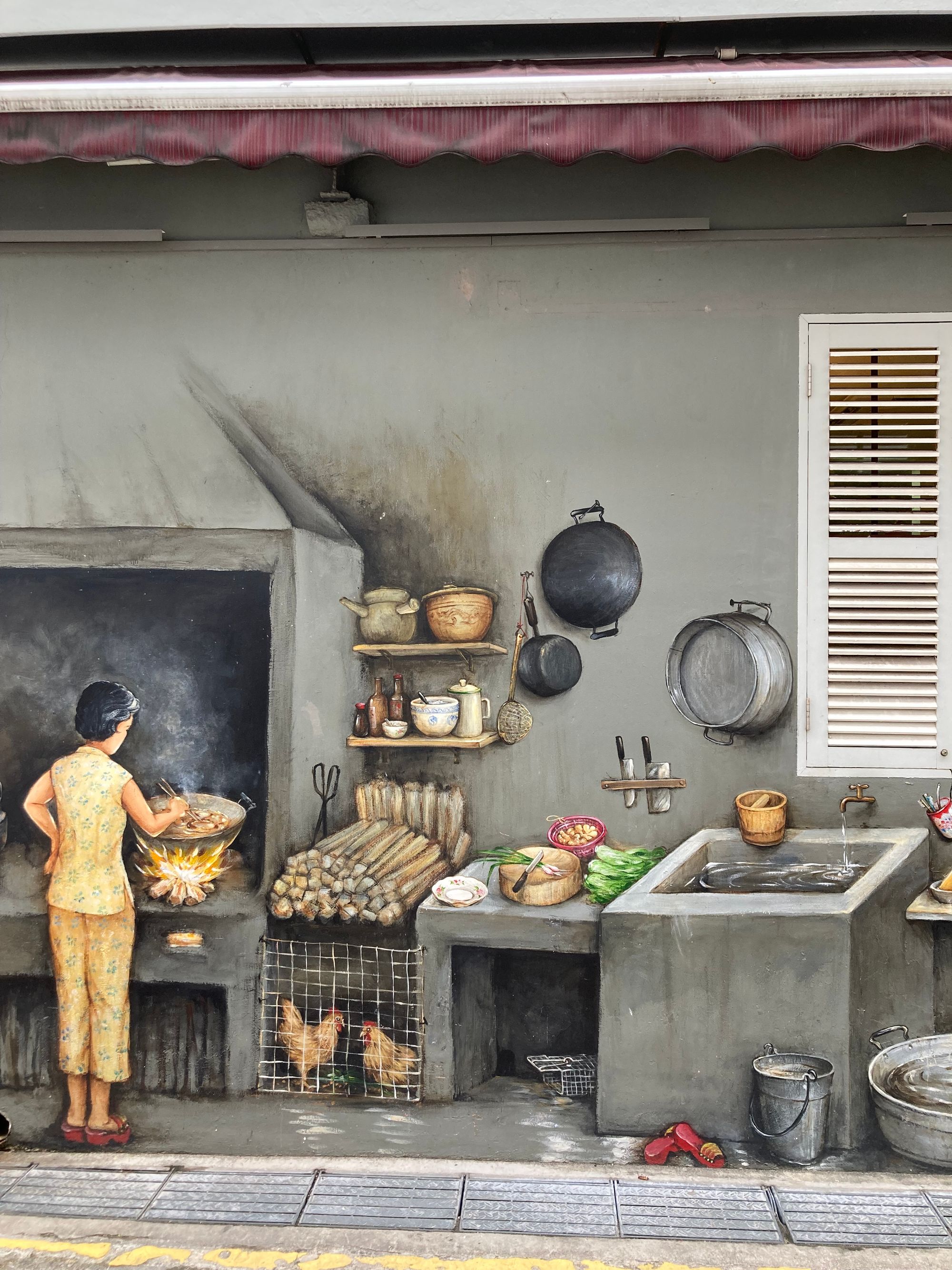
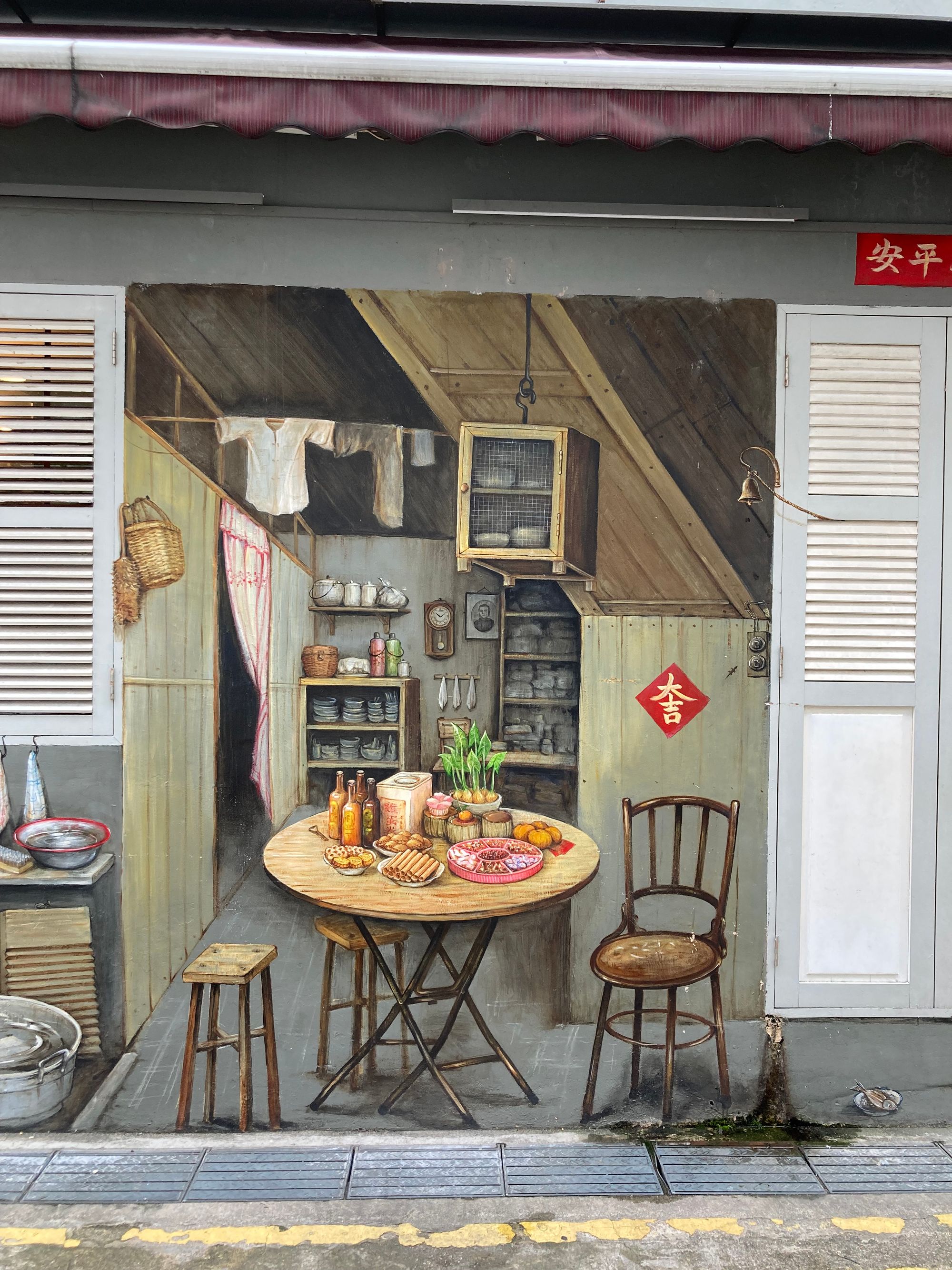
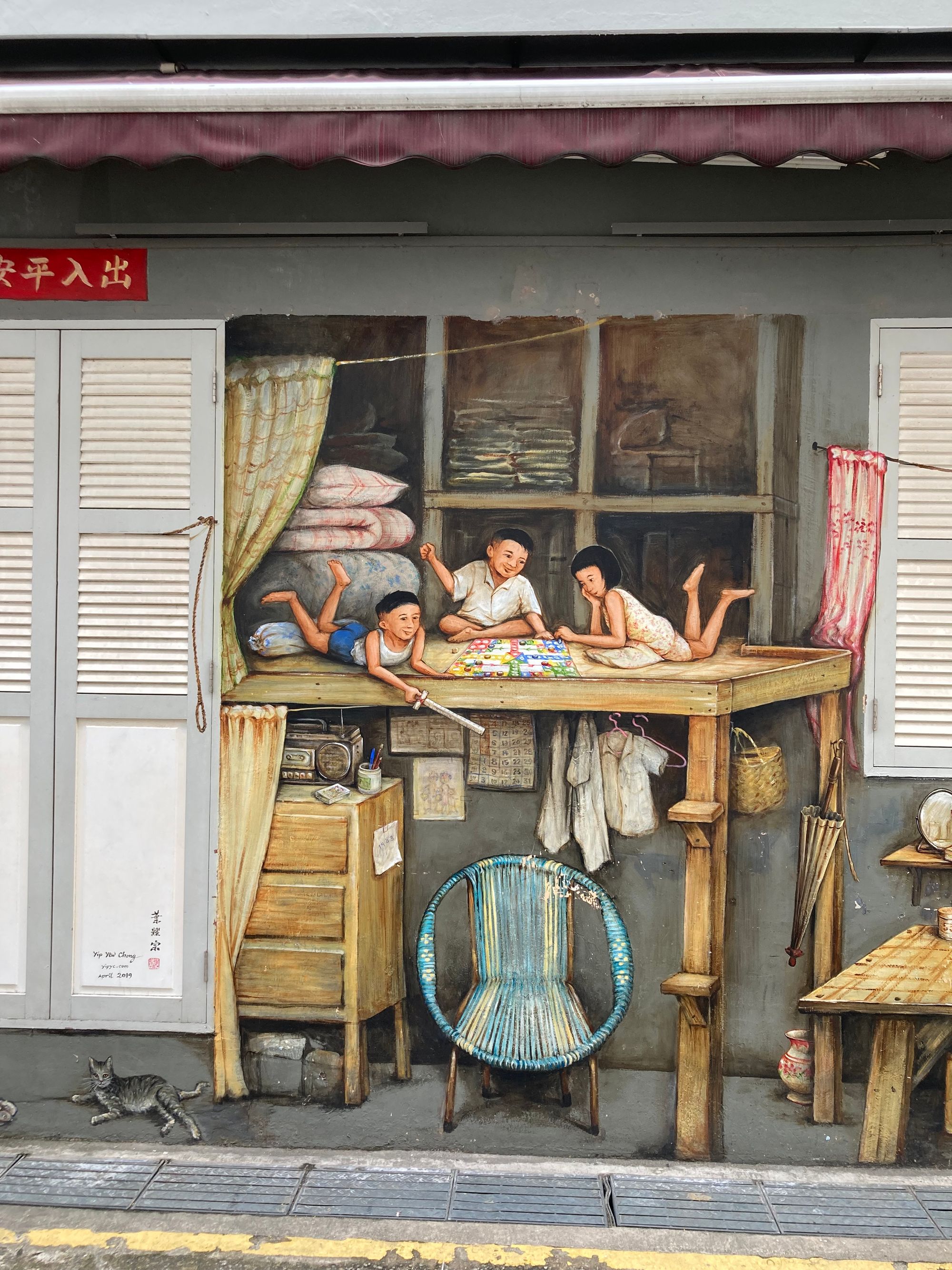
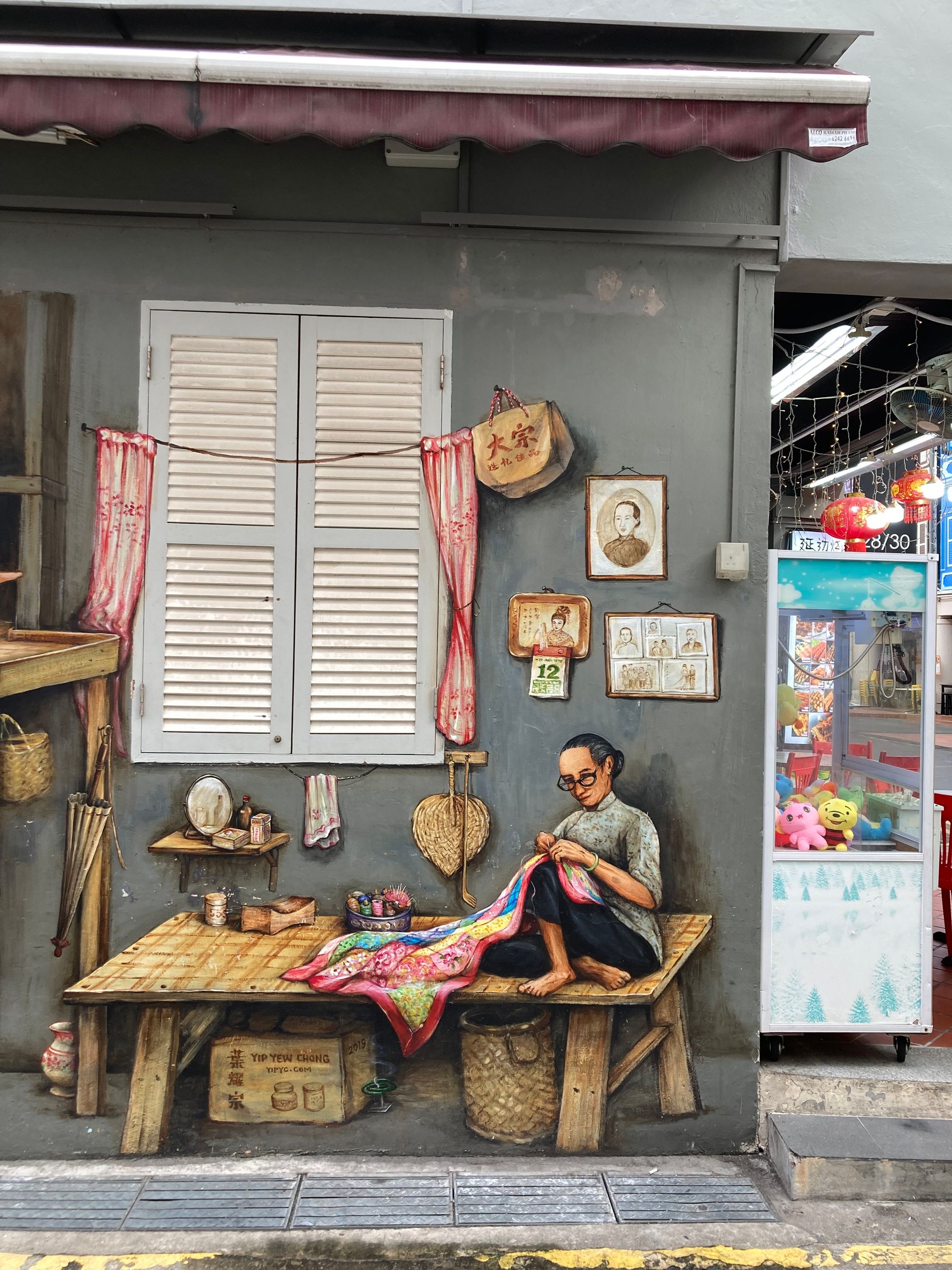
©Wendy Gan 2024
Another mural depicts a family at leisure, celebrating the mid-Autumn festival. Tucked away in a Chinatown back alley where nearby workers nip out for a cigarette break, it has the air of being a private domestic scene, hidden from the public eye.
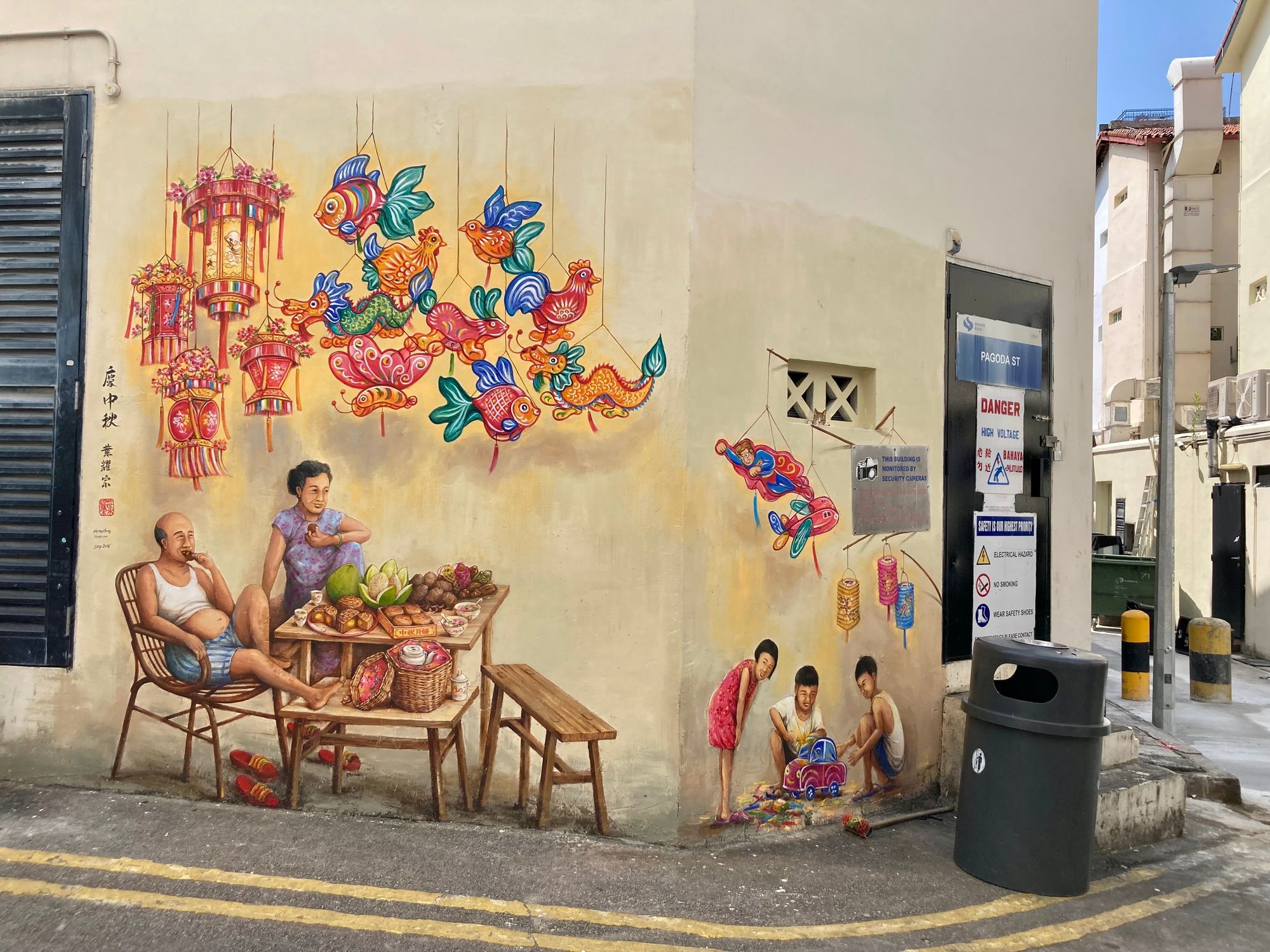
The effect of finding Yip’s murals scattered throughout Chinatown is like stumbling across a secret portal into a past both magical and ordinary. His work is undoubtedly filtered by nostalgia, but I wonder, if you were to walk through Chinatown only seeing it through Yip’s murals, whether you would prefer it over the Chinatown of today.
